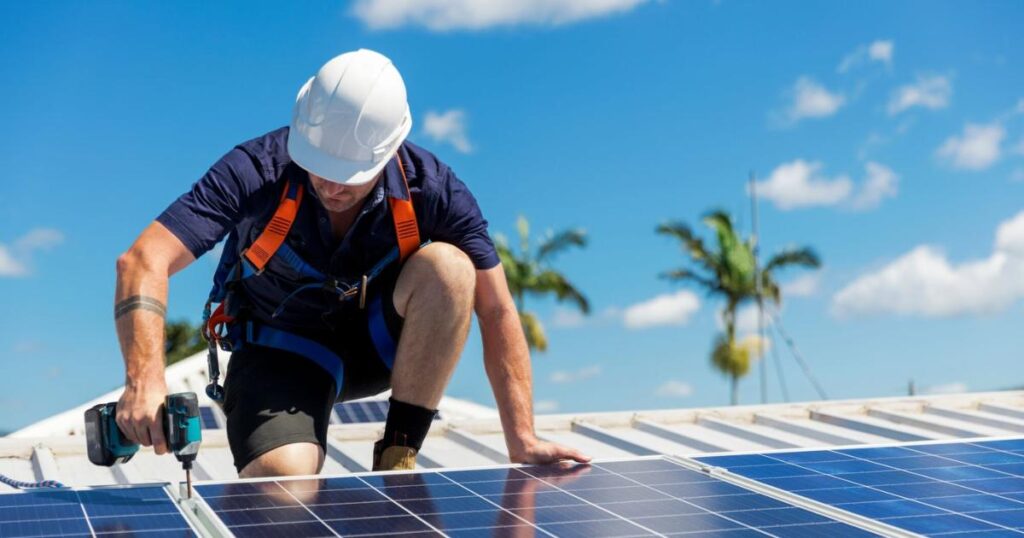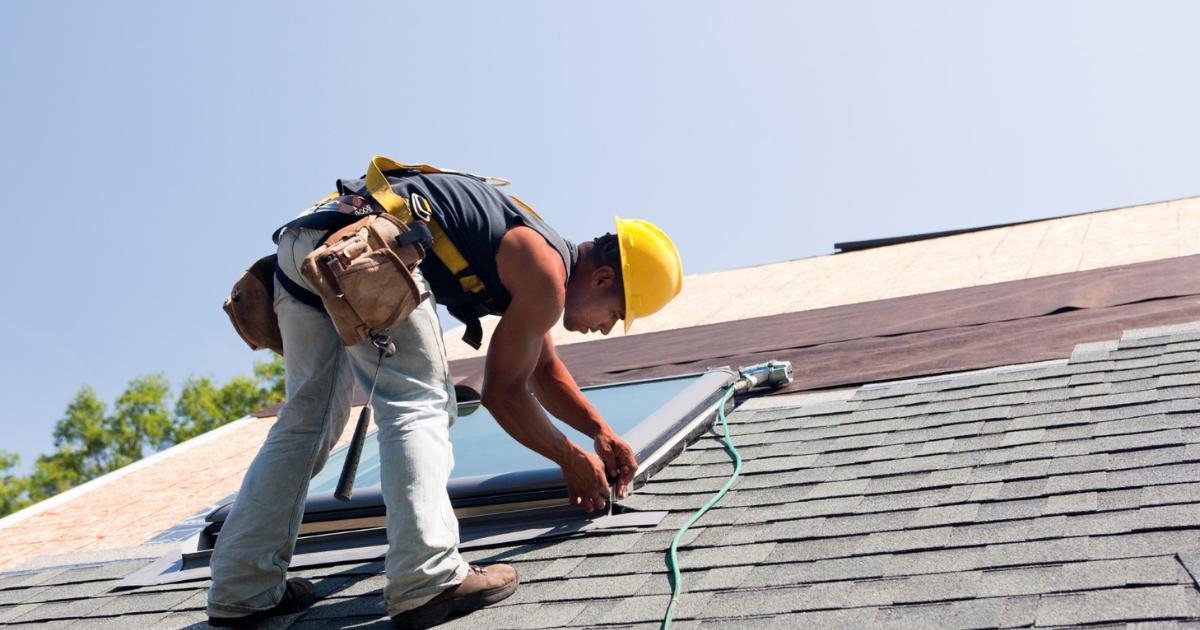Did you know that 70% of RV owners prefer to install their RV covers without getting on the roof? If you’re looking for a safe and efficient way to protect your RV without the hassle of climbing up high, you’re in the right place. In this article, we will provide you with a step-by-step guide on how to install an RV cover without setting foot on the roof. So, let’s dive in and ensure your RV is shielded from the elements with ease and convenience.
Key Takeaways
- Acquire the necessary equipment such as a ladder, tape measure, and assistance from another person.
- Clean and prepare the RV by removing debris, ensuring it is dry, and inspecting the cover for any damages or tears.
- Follow a step-by-step installation process, including aligning and centering the cover, draping it over the top, and securing it with straps or bungee cords.
- Consider additional security measures such as lockable strap systems or low-cost options like using bungee cords, sandbags, anchor straps, clamps, or adhesive hooks.
Get the Right Equipment
To successfully install an RV cover without accessing the roof, it is essential to acquire the appropriate equipment beforehand. This will ensure a smooth and efficient installation process, without the need to climb onto the roof of the RV. The first piece of equipment you will need is a ladder. Choose a sturdy ladder that is tall enough to reach the top of your RV. Additionally, you will need a tape measure to accurately measure the dimensions of your RV and the cover.
This will help you choose the right size cover for a snug and secure fit. If you’re looking for additional tips and maintenance steps, consider learning how to remove RV window screens for cleaning. Lastly, you will need a friend or family member to assist you during the installation process. Having an extra set of hands will make the task easier and safer. By gathering the necessary equipment, you can confidently install your RV cover without accessing the roof.
Installation Process
After acquiring the necessary equipment and ensuring a secure fit, the installation process for an RV cover without accessing the roof can now be discussed. Begin by unfolding the cover and positioning it near the RV. Ensure that the cover is aligned properly and centered on the vehicle. Next, starting at the front of the RV, carefully drape the cover over the top, allowing it to fall evenly on both sides.
Once the cover is in place, secure it using the provided straps or bungee cords, making sure to tighten them enough to prevent any flapping or movement. Finally, double-check that all areas of the RV are covered and that the cover is snug. With the installation complete, the next section will focus on the importance of weather protection.
Weather Protection
When considering weather protection for your RV, it is important to ensure that the cover is securely in place and properly fitted to prevent any potential damage caused by harsh elements. Here are some key points to keep in mind:
- Choose a cover made from durable, weather-resistant materials such as polyester or polypropylene.
- Look for a cover with reinforced corners and elasticized hems for a snug fit.
- Opt for a cover that is UV-resistant to protect your RV from the sun’s harmful rays.
- Consider a cover with ventilation panels to prevent moisture buildup and mold growth.
- Invest in a cover that is waterproof and able to withstand heavy rain and snow.
Additional Security
Ensuring added security for your RV cover can be achieved by using a lockable strap system. This system not only helps to keep your cover in place but also acts as a deterrent for potential theft or tampering. By securely fastening your RV cover with lockable straps, you can have peace of mind knowing that your investment is protected.
To further illustrate the benefits of a lockable strap system, here is a table showcasing the advantages:
| Advantages of Lockable Strap System | ||
|---|---|---|
| 1. Enhanced security | 2. Protection against theft | 3. Prevention of cover movement |
| 4. Peace of mind | 5. Easy to install |
By utilizing a lockable strap system, you can enjoy the sense of belonging and security that comes with knowing your RV cover is well-protected. Now, let’s explore a low-cost option for securing your RV cover.
[Transition sentence: Now that we have discussed additional security measures, let’s move on to explore a low-cost option for securing your RV cover.]
Low-Cost Option

To continue ensuring added security for your RV cover, let’s now explore a cost-effective solution for securing it without having to get on the roof. Here are some low-cost options to consider:
- Use bungee cords or ropes: Secure the cover by tightly fastening it to the RV’s frame using bungee cords or ropes. This method provides a simple and affordable way to keep the cover in place.
- Utilize sandbags: Place sandbags strategically around the perimeter of the RV cover to prevent it from blowing away in strong winds. This inexpensive solution adds stability and ensures the cover stays in place.
- Invest in anchor straps: Anchor straps can be attached to the RV cover and secured to the ground using stakes or weights. This option provides extra security and prevents the cover from shifting.
- Use clamps or clips: Attach clamps or clips to the edges of the RV cover, securing it to the RV’s body. This method helps keep the cover in place and prevents it from flapping in the wind.
- Employ adhesive hooks: Stick adhesive hooks to the RV’s body and secure the cover to them using bungee cords or ropes. This option is easy to install and offers a reliable way to keep the cover secure.
How to Put On an RV Cover Yourself
To properly install an RV cover yourself, it is important to follow these steps in order to protect your vehicle effectively. Below is a table outlining the steps involved in putting on an RV cover:
| Step | Description |
|---|---|
| 1 | Clean the RV thoroughly to ensure no debris or dirt is trapped under the cover. |
| 2 | Measure the length, width, and height of your RV to ensure you choose the correct size cover. |
| 3 | Lay the cover out flat on the ground, making sure it is oriented correctly. |
| 4 | Begin at the front of the RV and slowly pull the cover over the vehicle, ensuring it is centered. |
| 5 | Secure the cover using the provided straps or bungee cords, making sure it is snug but not too tight.
RV Cover Installation Video
A video demonstrating the installation of an RV cover without the need to get on the roof can be found below. This video is a valuable resource for RV owners who want to protect their investments but are hesitant to climb onto the roof. The video provides step-by-step instructions on how to properly install an RV cover using alternative methods. Here are some key points covered in the video:
- Introduction to the different types of RV covers available
- Tips on selecting the right size and material for your RV cover
- Demonstration of the proper technique to unfold and position the cover
- Guidance on securing the cover using straps or bungee cords
- Suggestions on additional measures to ensure a snug fit and prevent damage
Step-by-Step Installation Guide
The installation of an RV cover without the need to get on the roof can be accomplished through a step-by-step process. This guide will outline the necessary steps to successfully install an RV cover and protect your vehicle.
- Begin by measuring your RV to determine the appropriate size of the cover needed.
- Clean the RV thoroughly, removing any dirt or debris that may interfere with the installation.
- Lay out the cover on the ground, ensuring it is oriented correctly.
- Attach the straps or tie-downs to the cover, making sure they are secure.
- Carefully lift the cover and drape it over the RV, ensuring it is centered and aligned properly.
- Secure the cover to the RV using the straps or tie-downs, making sure it is snug and taut.
- Double-check all connections and adjustments to ensure a proper fit.
How to Remove an RV Cover

When removing an RV cover, start by carefully detaching the straps or tie-downs securing it to the vehicle. This will ensure a smooth and safe removal process. Once the cover is released from the vehicle, follow these steps to remove it properly:
- Gently fold the cover inwards towards the center, avoiding any sharp creases or folds.
- Remove any debris or dirt from the cover by shaking it gently or using a soft brush.
- If the cover is wet, allow it to dry completely before storing it to prevent mold or mildew.
- Store the cover in a clean and dry place, away from direct sunlight or extreme temperatures.
- Consider using a cover bag or storage container to keep the cover protected and organized.
Frequently Asked Questions
What Are the Different Types of RV Covers Available in the Market?
There are several types of RV covers available in the market, including universal fit covers, custom fit covers, and specialized covers for different weather conditions. These covers provide protection and help preserve the condition of the RV.
Can I Install an RV Cover on My Own or Do I Need Professional Help?
Installing an RV cover without accessing the roof is challenging but not impossible. It requires careful planning and the right tools. While professional help is not mandatory, it is recommended for ensuring a proper and secure installation.
How Often Should an RV Cover Be Replaced?
The frequency of RV cover replacement depends on various factors such as the quality of the cover, weather conditions, and usage. It is recommended to inspect the cover regularly for signs of wear and tear and replace as needed to maintain optimal protection for your RV.
Are There Any Specific Maintenance Tips for Keeping an RV Cover in Good Condition?
To maintain an RV cover in good condition, it is essential to follow certain maintenance tips. Regularly clean the cover, inspect for any tears or damage, ensure proper ventilation, and store it in a dry and protected area when not in use.
Can an RV Cover Be Used in All Types of Weather Conditions?
An RV cover can be used in various weather conditions, providing protection against rain, snow, UV rays, and other elements. However, it is important to follow proper installation techniques to ensure optimal performance without the need to get on the roof.
Conclusion
In conclusion, installing an RV cover without the need to get on the roof can be achieved with the right equipment and a step-by-step installation process. This provides weather protection and additional security for your RV. Consider the low-cost option for budget-conscious individuals. By following the provided video and guide, you can easily put on and remove an RV cover, ensuring the longevity and protection of your vehicle.











